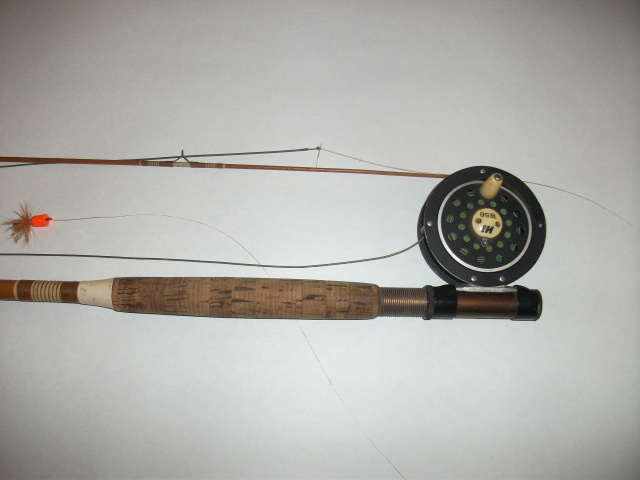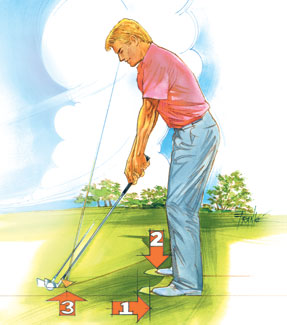Runner on Third Pick off attempt and baseline rule
Question
QUESTION: I am a coach for a 12U fastpitch club team in AZ. I have noticed several teams that obviously are teaching their girls when on third base to take a lead in a kind of banana curve in foul territory towards home plate. In some cases, the runner is 4 to 5 feet outside the line in foul territory. When she retreats back to third base, she takes a wide banana curve back. I realize this is to make it harder for the third baseman to make a tag on a pick off attempt but my question is in regards to running out of the base line and if it is in effect in this situation. If we were to make a pick off attempt and my third baseman was playing up and went for the tag, say three or four feet before the bag, would the runner be called for being outside of the baseline? Also, how far does a runner get to move left or right of the "base path" before violating the rule on any base? Is there an exception if the runner is in foul territory like I am describing on the line from home to first or third to home? I appreciate any clarification on the "running out of the basepath" rule. Thanks, Mike
ANSWER: Hi Mike,
1st of all let me answer your question, it's fine, this is a very common running technique. No matter what play you attempt or lack of of a play, in and of itself re the runner position, there is no violation. Basically a runner not being played on, can run wherever they want, they need not take a direct or even semi-direct line to the next base. An exception is below on "base path"
"would the runner be called for being outside of the "baseline?" no, the "base line" is irrevelent.
"how far does a runner get to move left or right of the "base path" before violating the rule on any base?" wherever they want, there is no "base path".
A couple defs... A "base line" is an imaginary line directly between the bases and pretty much has nothing to do with anything.
A "base path" is a direct line between the runners position at that time and the base WHEN a tag is being attempted. The runner has 3' on either side of that line to attempt to avoid a tag. There is no "base path" if no play is being made.
Mark
---------- FOLLOW-UP ----------
QUESTION: Thank you for the clarification but I have a follow up question. I understand that a runner can virtually go anywhere if no attempt is being made. I would assume this is within reason of course. But according to your definition, as I'm understanding it, the imaginary baseline is from where the runner is at the time of the attempted play directly to the base. So in my example of a pick off attempt at third, if the runner's lead off takes her, say 4 or 5 feet in foul territory, when a catcher throws the ball to the third baseman (who is playing up towards home and not on the bag) the base path starts from where the runner is directly back to third or directly towards home? In other words, this imaginary base path is now the angle from where the runner is directly back or forward to the base and the chalk line is irrelevant? As an example, let's say the third baseman receives the ball from the catcher and is standing on the third base chalk line about 8 to 10 feet off of third towards home. The base runner who has taken the lead off is 4 to 5 feet in foul territory parallel to the third baseman when she receives the ball. As I'm understanding your definition, the runner can dance there as long as her move towards home or third is directly toward either third base or home plate? If the runner tries to avoid the tag by running straight up the line still four feet in foul territory and then dives right to the bag on a slight curve or 90 degree angle at the last second, is there still no violation? Sorry so wordy, it would be easier to draw it out on a diagram.
Answer
Hi Mike,
"In other words, this imaginary base path is now the angle from where the runner is directly back or forward to the base and the chalk line is irrelevant?" Yes, a direct line from their position to the base and the cl is is irrelevant.
" As I'm understanding your definition, the runner can dance there as long as her move towards home or third is directly toward either third base or home plate? " Dance???? Yes they may be in a position there and than move in a direct line to the base + or - 3' if a tag is being attempted.
"If the runner tries to avoid the tag by running straight up the line still four feet in foul territory and then dives right to the bag on a slight curve or 90 degree angle at the last second, is there still no violation? " If a tag is being attempted, The runner must not deviate more than 3' either side of a direct line to the base from their position. I would need to see your diagram of this but I think at some point rather quickly the runner would be more than 3' off their line to the base path just by moving parallel ,if I understand your q correctly.
Did I answer what you needed to understand?
Mark
Interference call
Second base collision


